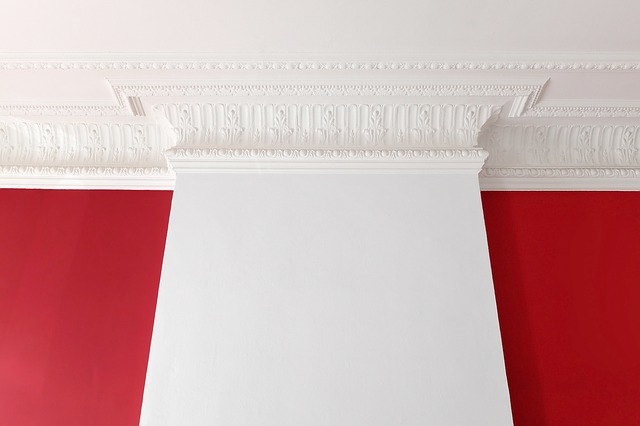Types of Crown Molding for Your Home

Installing crown molding in your home can boost the aesthetic appearance of its interior as well as your home’s overall value, says State PM LLC. Molding usually comes in plaster or wood, but you can find it in other materials like polyurethane, too.
In today’s post, we are going to look at the different types of crown molding available for your home. But before that, let’s answer some of the frequently asked questions about crown molding.
Does Crown Molding Offer Any Benefits?
Yes, crown molding offers a range of benefits when installed in a home. The benefits include:
- Provides an elegant touch to a room’s finish. Whichever style of crown molding you decide to go with, one thing is guaranteed – your space will be enhanced. As a matter of fact, crown molding from time immemorial has been viewed as a symbol of opulence.
- Can work with all sorts of room type, shape or size. Whether a room has curved walls, have many corners or have ceilings that sit lower, rest assured crown molding will fit perfectly.
- Comes with a wide range of styles to fit your home and taste. Some of the most common styles include bead, pearl, batten, egg-and-dart, dentil, cove, picture rail, chair rail, and crown.
- Helps cover cracks where walls and ceiling meet. While commonly used for decorative purposes, crown molding can also be used to camouflage cracks between your wall and ceiling.
What is Crown Molding Used For?
The use of crown molding has evolved to other places other than to appear in places other than the top wall. The following are other areas where you find crown molding in a home.
- Bookshelves
- Mantels
- Entryways
- Cabinets
What Is the Difference Between Crown Molding Vs. Crown Moulding?
No, there is no difference between the two terms. It’s just a matter of spelling. “Molding” is the American spelling while “moulding” is the British version.
Think about “favorite” versus “favourite” or “color” versus “colour”. The “u” is the only difference in all of the cases.
With all that in mind, now let’s take a look at the 7 types of crown molding for your home.
Type #1: Polystyrene
This is a quick solution when trying to redesign a room. It can easily be cut with a knife or a pair of scissors and goes up with construction adhesive.
That said, polystyrene has less-than-crisp-edges and thin texture.
Type #2: Flex
Flex is commonly used where windows and walls are curved. It comes in an array of profiles that can bend with ease without the need for relief cuts.
Flex doesn’t, however, come cheap.
Type #3: PVC
This is a good option where moisture is a concern, such as bathrooms or exteriors. No matter the wetness, the plastic polymers present in the product won’t allow it to rot or warp.
Due to the way it’s made, crown molding made of PVC has limited profile options and precludes ornate designs altogether. The slick plastic surface makes painting difficult but still needs it to cover the plastic sheen.
Type #4: Polyurethane
This option works in almost all installations. Polyurethane is one of the inexpensive options and is both rot- and insect proof as compared to wood.
Keep in mind, however, that polyurethane is slightly softer than wood, and dents relatively easily.
Type #5: MDF
Medium-density-fiberboard (MDF) is a stable and inexpensive option for solid wood. It can be used in rooms where the trim is painted. It is available in a wide range of stock profiles, some with a natural wood veneer ideal for staining.
Without a wood veneer, you will have no option but to paint MDF. What’s more, MDF is easier to nick or dent.
Type #6: Solid Wood
You can use a solid wood crown for all installations. Natural wood, just like plaster, is hard to replicate. The patterns of the grains, as well as the color of the wood, add warmth to a room where it’s installed.
Wood is available in a variety of stock profiles. You can also achieve more ornate reliefs by embossing wood composites onto solid wood.
The only downside to using solid wood for crown molding is the possibility of the wood shrinking and swelling due to weather changes.
Type #7: Plaster
Another popular crown molding option for your home is plaster. This is a great option when designing a grand interior, typically with plaster walls. You can cast it into elaborate profiles, some of which can be impossible to mill out of wood.
Plaster crown molding, however, can be relatively expensive. It is also a relatively heavy material and can easily crack.
Installing crown molding is one of today’s most-pursued architectural upgrades, giving plain walls depth and formality. Remember, though, to get the best end result, you need to hire the right expert. So, choose wisely.